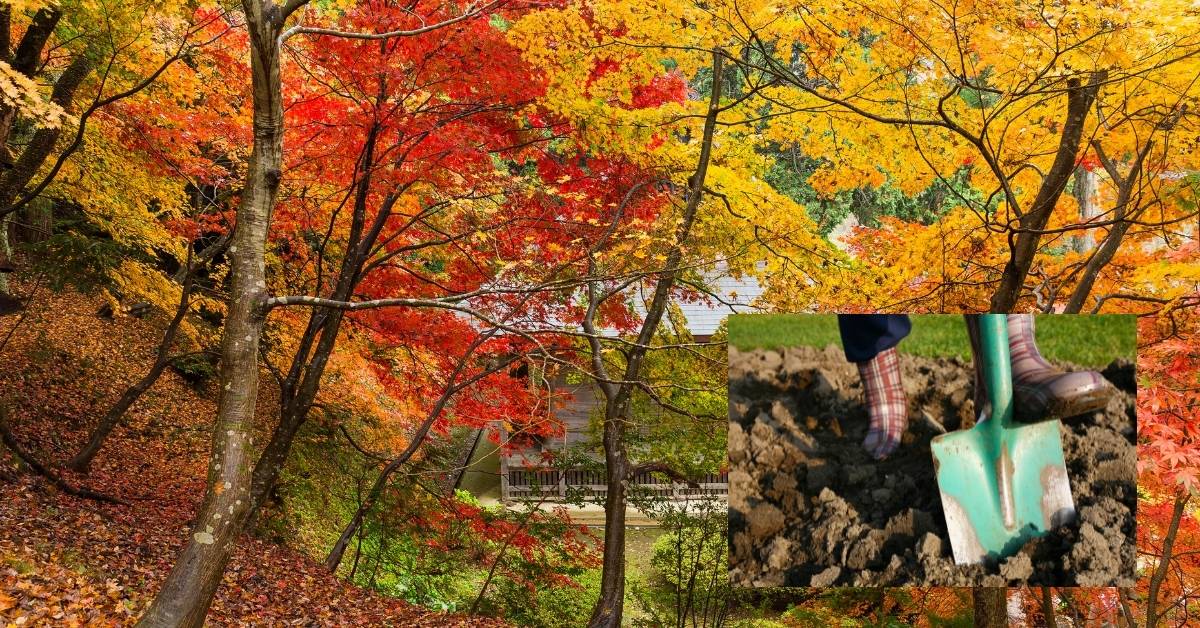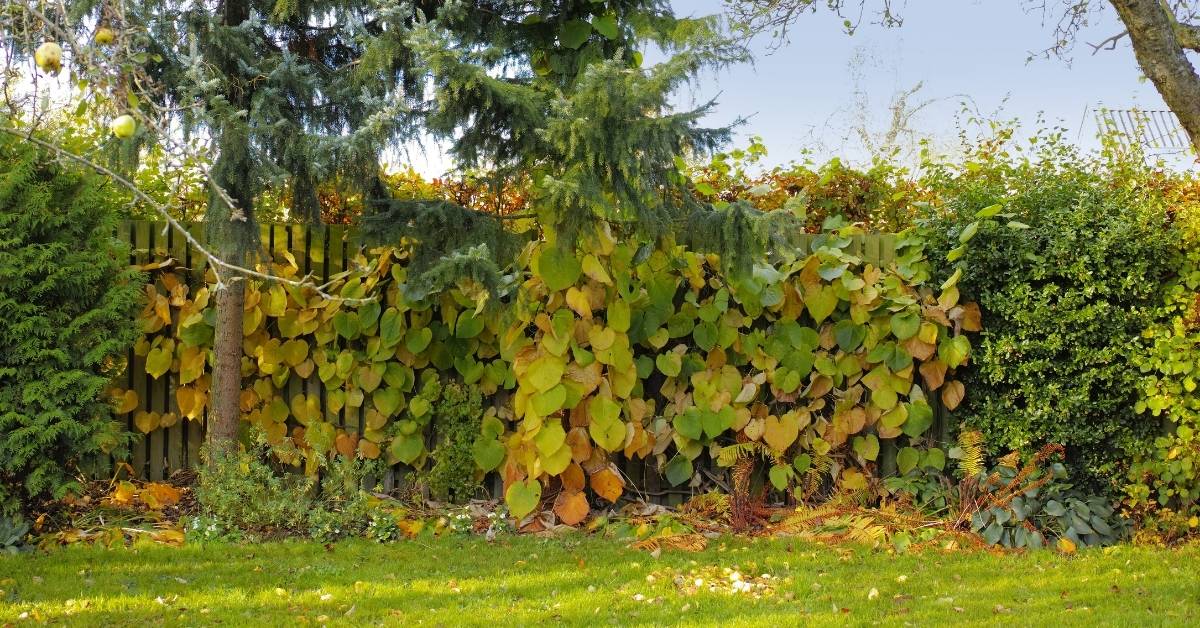Many gardeners anticipate the excitement of gardening in the autumn. The garden is ablaze with chrysanthemums, cabbage, and kale, as well as waving grasses, all backlit with light that throws long shadows yet gives everything a golden hue.
Here are the Autumn garden activities you should do…
While crisp temperatures and blue sky are the usual, quickly getting ready for the impending winter may be done. Your yard and garden labor during these early autumn days will leave your garden looking well-cared for and prepared for additional enjoyment in the spring.
Most gardeners follow four simple actions in the fall:
- They feed and water plants in preparation for winter.
- They plant new additions for next year’s garden.
- They divide established perennials.
- They clean up and prepare beds for the winter winds.
Feeding and Watering Plants

Plants cannot take up water from frozen ground, so they need to store it during the days before the soil freezes. During the colder months, plants lose water from transpiration; therefore, gardeners must do all possible to keep moisture levels high.
People are concerned that feeding in the fall would encourage new plant development, but don’t be deceived. Even though you notice symptoms of plants being dormant, such as leaves dropping off the plants, the roots are still alive.
The soil retains heat considerably longer than the air, and nutrients absorbed now help the plant survive the winter while promoting strong development next spring. Miracle-Gro® All Purpose Plant Food is excellent autumn feeding that supplies plants with the necessary nutrition to survive the winter.
Autumn Planting

Plant trees, shrubs, and flowers in addition to bulbs in your garden layout. Nurseries sometimes give discounts at this time of year because they don’t want to carry plants in high-maintenance containers through the winter.
Plant them six weeks before the last frost date to give them plenty of opportunities to create their garden territory. Feed Miracle-Gro® Tree Spikes to your freshly planted trees to ensure that they blossom profusely in the spring and develop lushly.
Lilac-hued callicarpa berries nestled among copper crabapple leaves, scarlet maples, and the burning bush. Plant shrubs that will explode into springtime bloom without skipping a beat with berries that are reddening on several types of bushes.
With a little autumn care, their roots will take hold and grow. Plant forsythia, which welcomes the arrival of spring with its bright yellow attire, lilac for its distinctive scent, and rhododendron and azalea for vibrant color in your yard.
Because this is the time of year when this happens organically in the garden, many perennial seeds can be sowed. Before winter, you’ll often see tiny plants sprout from them.
If they’re hardy perennials, don’t worry; they’ll make it. And, while we’re on the subject of hardiness, the pansies you’ll find for sale at nurseries now will survive the winter just fine. The roots will get strong, and the spring blossom will be spectacular.
Dividing Plants
By the time October arrives, many of this summer’s plants will have spread out and outgrown their places. This is the most enjoyable aspect of gardening! Distribute your wealth. Increase the number of beds you have. Share this with your friends.
With a bucket and a trowel, walk through your garden. You can probably break a plant into parts anywhere it has surpassed its area and produced tremendous growth. Dig around it, put it in a bucket, divide it into many parts with active root growth, and replant it in various locations across the garden.

Clean-up
We’ve been taught that cleaning up isn’t pleasant, yet cleaning up in the fall garden is one of the most artistic and creative aspects of gardening. You’re in a garden that has been tumbling all over itself to grow, blossom, and explode with exquisite color and grandeur, and now you’re going to sculpt what parts of it you want to save and gaze at over the winter months.
Cut everything down to within an inch or two of the growing crown if you enjoy seeing empty beds. (Lavender is an exception, as it grows best without being sheared.) Other herbs may prefer to be only partly trimmed back.)
Leave some seedheads and strong stems of perennials for birds to perch on and enjoy if you want to see them come back. Leave grasses to swing and reflect light. However, if you decide to keep the growth because you like the way it looks, make sure to trim it back in the spring before new growth becomes too large.
Fall in the garden is a magical season. You’ll be astounded by the incredible progress of the previous season, and you’ll be excited to see what’s in store for the next season. It’s a delight to garden in the crisp autumn air. As your plants cycle over the year, you gain expertise, knowledge, and excitement, bringing new challenges each season. Have fun with them all!


